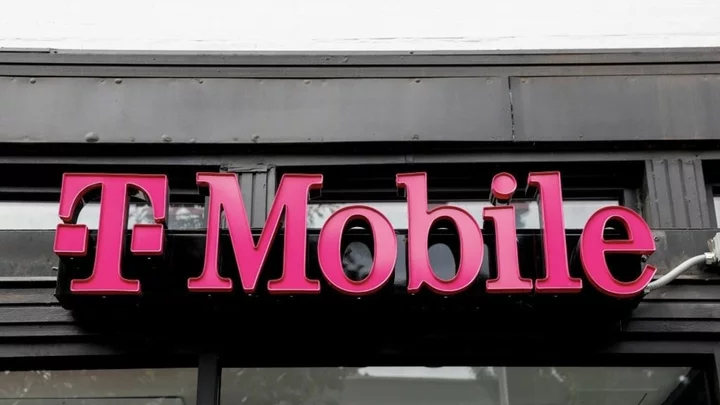The self-styled Un-Carrier now looks a little more carrier-ish: T-Mobile will soon move some customers on older plans, including two that it still sells, to newer and more expensive plans unless customers call to veto the rate switch.
The news surfaced on T-Mobile’s r/tmobile forum in the form of a picture of a customer-service document breaking down five possible migration paths for consumer plans. The scenarios most likely to yield irate subscribers: moving people on the $70 Magenta plan that T-Mobile still sells to its newer, $75 Go5G plan, with subscribers 55+ years old on the $50 Magenta 55+ being shuffled over to the $55 Go5G 55+.
That document also indicates that people still on the $70 T-Mobile One plan launched in 2016 would be drag-and-dropped over to Go5G, and those on the even older Simple Choice and Select Choice would land on either “Essentials Select” (a plan that T-Mobile’s site does not list) or Magenta.
In all of these cases, keeping the rate hike to $5 would require signing up for automatic payments–not from a credit card, but from a debit card or bank account. T-Mobile’s recent run of data breaches may leave many subscribers unwilling to hand over the keys to their checking accounts.
The document–since confirmed by The Mobile Report, a T-Mobile-specific blog–indicates that customers will start getting notices via email and text message starting Oct. 17, after which they will be able to opt out if they call.
A T-Mobile publicist unwilling to speak by name said the company would be shifting “a small number” of subscribers to newer plans. The rep did not answer follow-up questions about how many people “a small number” might mean, why customers would have to call instead of declining the change through its site or app, and whether this change indicates that Magenta–until the April debut of Go5G, T-Mobile’s lead unlimited-data product for customers–would vanish from the company’s menu of plans.
Compared to Magenta, Go5G offers the same 100GB of priority data but three times as much mobile-hotspot data (15GB) and twice as much full-speed roaming data in Canada and Mexico (10GB). But for people who never hit Magenta’s 5GB caps on both of those uses, Go5G’s upgrades are irrelevant.
T-Mobile’s network has also seen numerous upgrades, especially for any subscribers who have been around long enough to have signed up for Simple Choice right after T-Mo’s 2013 groundbreaking move to toss the then-traditional two-year contract. The carrier’s 5G coverage, built on fast midband spectrum, consistently tops independent performance surveys and won PCMag’s nod last year as the best mobile network. T-Mobile’s free international roaming–at 2G speeds in most of the world, up to 5G speeds in 11 European countries–also has no equal at AT&T and Verizon.
But the “Un-Carrier” branding T-Mobile adopted back in 2013 didn’t just involve pledges to provide a better service than its rivals. The company also committed to avoid playing the usual carrier pricing games and has reiterated that commitment multiple times. As former CEO John Legere said in a 2015 announcement: “The Un-contract is our promise to individuals, families and businesses of all sizes, that − while your price may go down − it won’t go up.”
The reaction in that Reddit thread from customers who remembered that promise ranged from unamused to irate. To quote one of the more nuanced responses: “I feel really bad for anyone that is going to have to deal with all of these angry T-Mobile customers over the next few months.”









